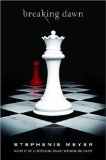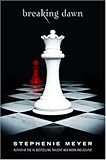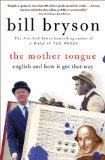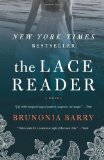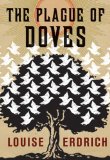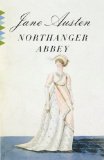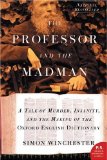I finished listening to Neil Gaiman’s latest novel, The Graveyard Book, at Neil Gaiman’s official site for young readers. On his recent book tour, Gaiman read a chapter (or in the case of chapter 7, a half a chapter) at each stop on his tour. Videos of his readings were posted on the site. I’m not sure how much longer they are available, or if they are permanent, but do yourself a favor and enjoy Gaiman reading his work. He does it very well, and it’s a gift not all authors have. For instance, I have heard J.K. Rowling read her work on video, and while she wasn’t bad, she wasn’t a particularly good oral interpreter. Gaiman changes voices for his characters, giving them different dialects and accents, and his emphasis in the right places draws out much of the humor of the book. And there is quite a bit of humor in the book. He’s a wonderful reader.
The Graveyard Book is the story of Nobody Owens — called Bod for short, a young boy who wanders into a nearby graveyard after his parents are murdered and is raised by the spirits who inhabit the graveyard. We should all have such an education! As Silas, Bod’s guardian says, “It is going to take more than just a couple of good-hearted souls to raise this child. It will … take a graveyard.” Gaiman’s novel is a nod to Rudyard Kipling’s The Jungle Book. Bod is given the freedom of the graveyard by the spirits, and until he is grown, they promise to look after him, for the man who killed his family is still out there, waiting.
The book was a pleasure from start to finish, and more so as a result of Neil Gaiman’s superb oral storytelling skills. I plan to purchase a copy for my classroom library and will recommend the book to my students. I think it very generous of Neil Gaiman to share his book in this manner, and I am grateful for the experience of hearing him read the book, which I thoroughly enjoyed.
